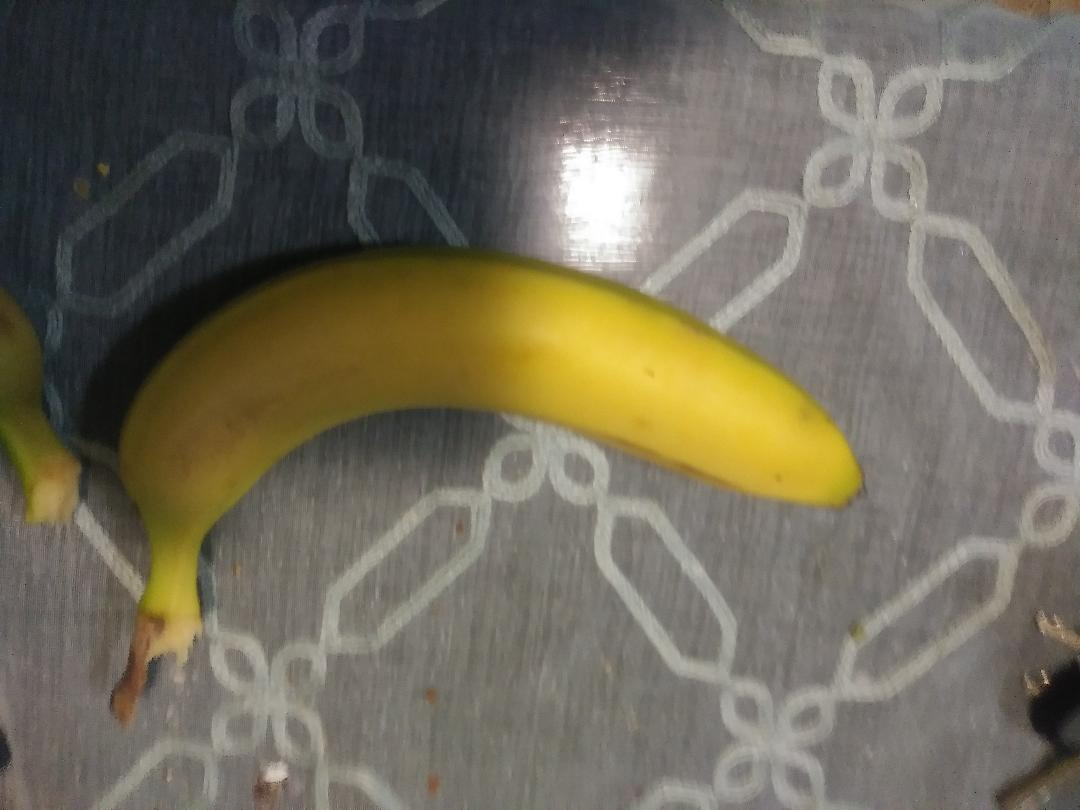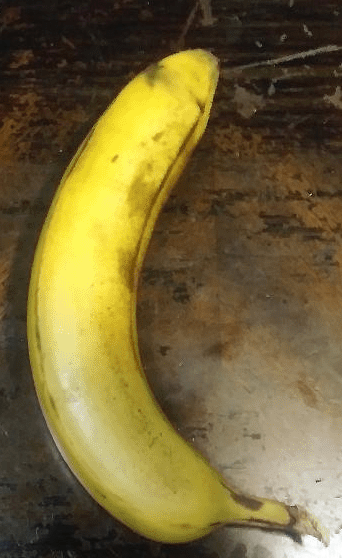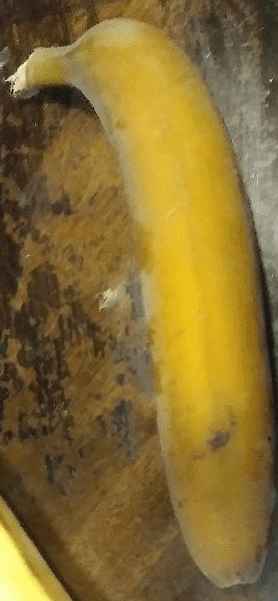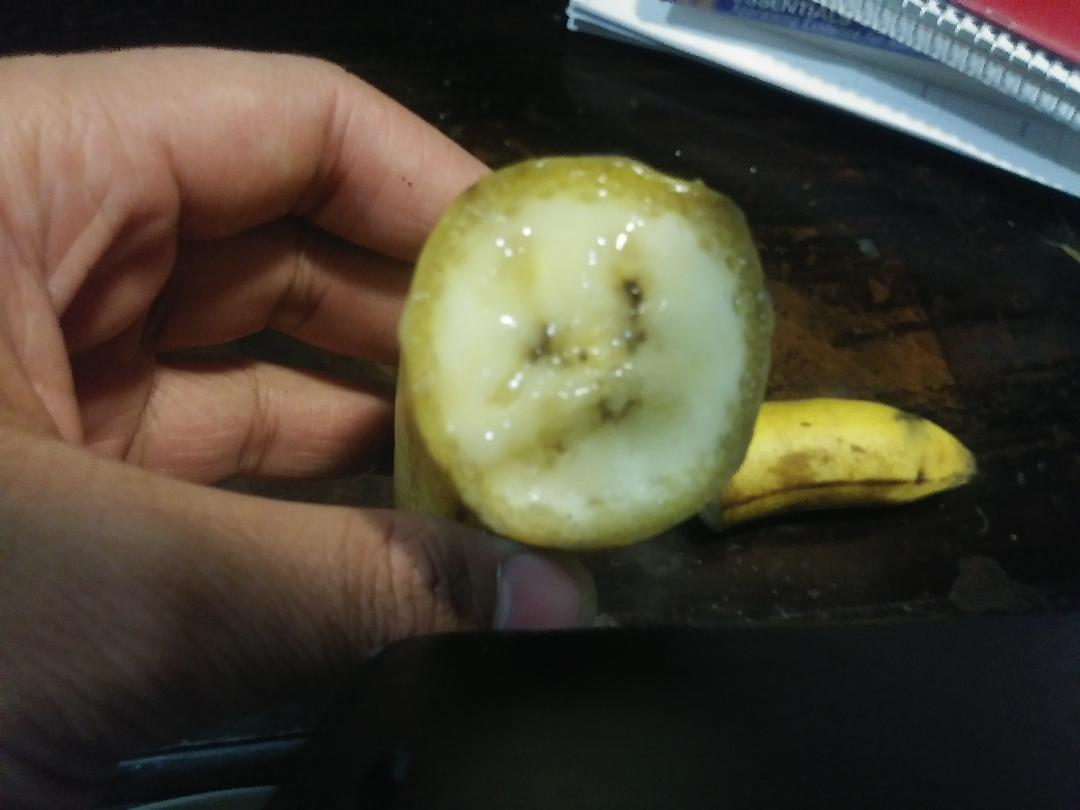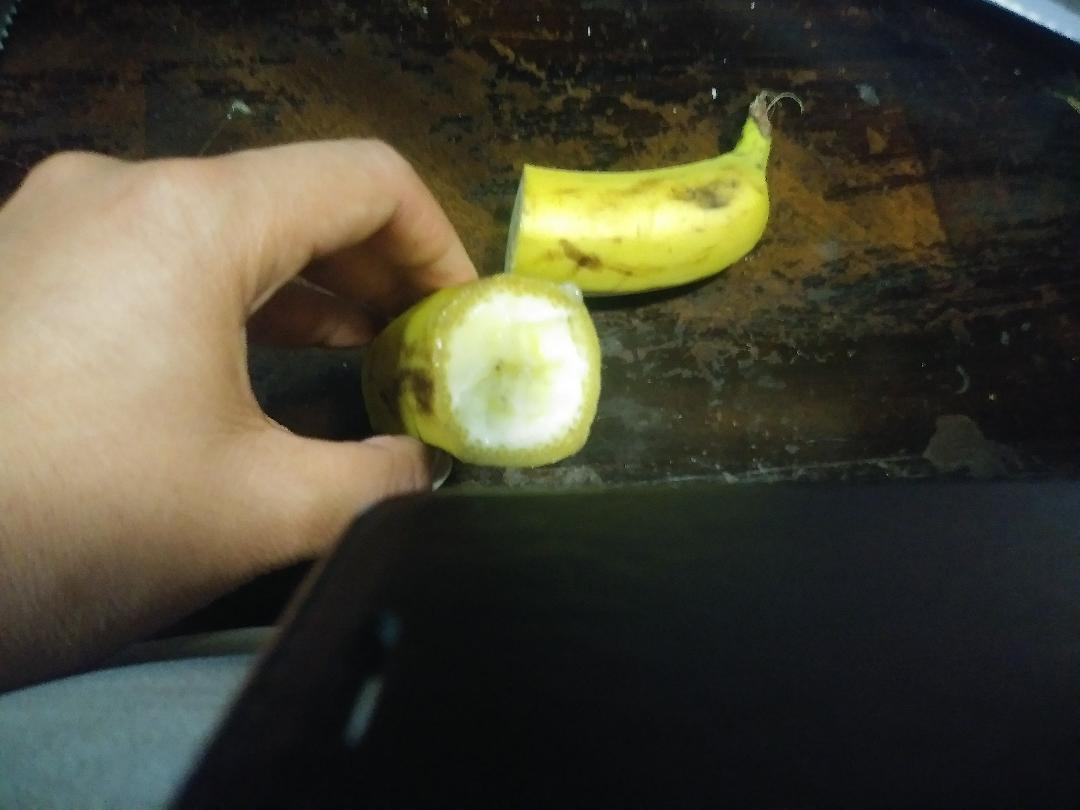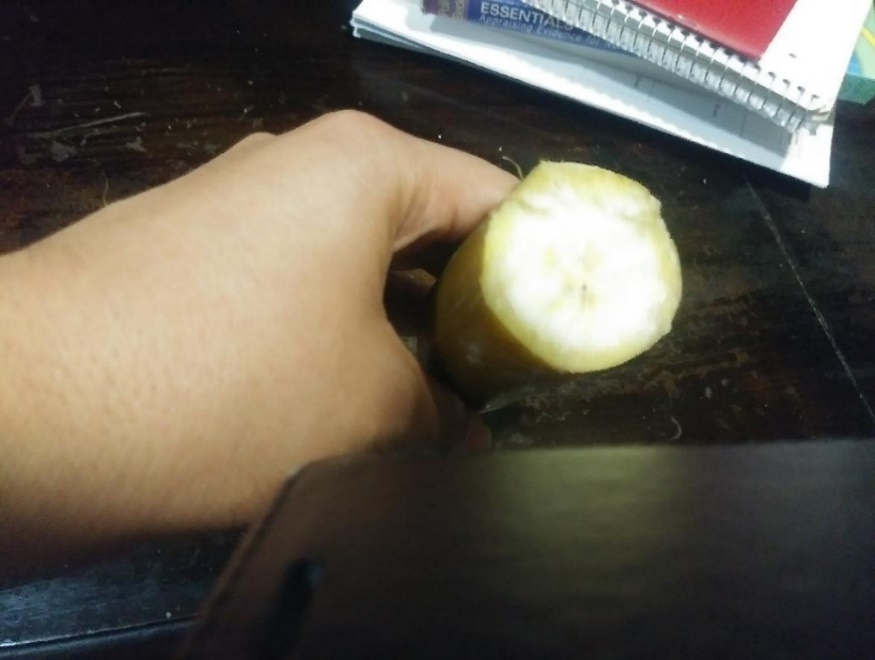This Lab report will asses our abilities to properly format a lab, for use in our future. The experiment portion of this assignment is a straightforward observation task. Observe the degradation rate of three bananas over a period of three to five days, in three separate environments ( It is how we organize and present the data obtained, that is most important. Follow the format for writing Labs, and include photographic images of the bananas.
Lab Report on Banana preservation
Determining the optimal preservation conditions for bananas, between room temperature, refrigeration, and freezing
Luis Cortazar
City College of New York (CUNY)
Writing for Engineers – Prof. Clark
Abstract
To keep from throwing away food and extend their life expectancy people will try to preserve them. Bananas are notorious for their fast degradation rate and spoil within days of purchase. Three bananas, each placed in different environments were observed to determine the best method of preservation. One was placed on a countertop, another in a refrigerator and the last in the freezer. After four days they were examined for oxidization in the peels and in the core. The banana with the least oxidization in comparison to the control banana left on the countertop will then prove which method is most effective in preserving bananas. The results show that between freezing and refrigeration, the best method for preservation is freezing. The frozen banana showed no signs of oxidization, while the others showed minor to moderate signs of oxidization.
Introduction
Bananas are a perishable fruit that must be preserved during transport, while in supermarkets and for a time after they are purchased. They take about 3-5 days to ripen and their color reflects their maturity, from green to yellow to brown. According to Rebecca Desfosse, this happens due to the process of oxidization. Certain fruits contain the enzyme known as polyphenol oxidase, and when they are exposed to oxygen it causes them to turn brown. (Similarly, to how the copper in the Statue of Liberty turned green after being exposed to the elements) It is not dangerous to ingest an oxidized banana, but by the time the process has taken full effect, they are more likely to be discarded. The purpose of this experiment is to increase the shelf life of bananas for the consumer. Bananas are known for going bad quick and nobody would want to waste money by throwing out food.
This experiment will test the effectiveness of refrigerators and freezers when it comes to preserving bananas. Over a period of three to four days, three bananas from the same bunch have been placed in three distinct environments, one spent three to four days on a kitchen countertop, one in the refrigerator and the last has been placed in the freezer. After the time of the experiment concludes, the bananas are compared to each other and to how they were at the start of the experiment. This includes examining the peel and its contents to see if they have been well preserved in their respective environments. I Hypothesis that refrigeration is the best way to preserve bananas, compared to freezing and leaving them on a counter. It is in a secure environment where it is cold enough to maintain its state without destroying the fruit.
Materials
Three bananas, preferably from the same bunch, new and free of brown spots
Refrigerator with freezer
Camera to record progress
Procedure
Acquire three bananas, the same age from the same bunch and photograph them to record the data. The Independent variables are the location of where the bananas are preserved, variable 1 is in the refrigerator and variable 2 is the freezer. The dependent variable is measured by the degradation of the bananas in their environment. The Control variable is the banana that is to be left alone on a kitchen countertop, serving as our base comparison object. Leave the bananas in their locations until the end of the 3 to 4-day cycle. After the fourth day has passed, observe the changes in the peel and core to determine the best way to preserve bananas. Record all observations.
Results
These were the bananas at the start of the experiment, each designated to be placed in one of the three environments. They were purchased on Sunday, February 25th, which was also the start day for this experiment.
Banana: Control, First day of the experiment
Banana: Freezer, First day of the experiment
Banana: Refrigerator, First day of the experiment
On Wednesday, February 28th, the fourth day of the experiment all three bananas were moved from their environments to be observed. The control banana had been exposed to air and room temperatures long enough to begin to gain brown spots. The second banana, which had been left inside the freezer, appears to have undergone the most change. The banana had frozen over completely, and the peel turned a light yellow-bronze color. The third banana which had been placed in the refrigerator appears to have undergone the least change. Gaining only a few brown spots, due to the oxidization.
The fourth day, Refrigerated banana
The fourth day, Control banana
The fourth day, Frozen banana
Bisecting the bananas showed how far the degradation had taken effect on each banana. Visible brown spots on the control banana were present in its core. The refrigerated banana displays a small amount of degradation at its core compared to the controlled banana, meaning some form of oxidization had occurred. By far the frozen banana showed no signs of degradation, being preserved in the state it originally was in.
The core of control banana
The core of refrigerated banana
The core of frozen banana
Discussion of Results
It is clear from the results that oxidization has taken place. Because bananas have a degradation period of a few days, it can oxidize for a short while without spoiling completely. Apart from visual differences, the key factor in determining the effects of preservation was by tasting the fruit. The control banana and the refrigerated banana where not too far off, the latter being slightly less ripe, proving that refrigeration slows down degradation. The Frozen banana had succumbed to some of the effects of freezing, however, it is more likely that the color change has to do with the fact that it was frozen. If the banana had changed color because of oxidization, it would have turned a deep brown color. Normally, there are steps to prevent color loss while freezing fruits, but none were mentioned in this experiment, so none took place. Based on the judgment of visual appearance I presumed the banana had gone bad. Upon analysis of the core, I had observed that the fruit had been perfectly preserved, with no discernable brown spots. Even in taste, it had not oxidized at all, maintaining the same flavor it would have if it were eaten the day it was purchased. Freezing fruits and vegetables is a common way to extend the shelf life of perishable foods. However, there are some drawbacks if not done properly. Once frozen, the fruit stays in the state it was in, meaning if the banana was not oxidized to taste, it will not mature. Therefore, most bananas that are frozen are done so late in their life cycle. The second drawback has to do with the defrosting process, If the frozen fruits melt, they will become soft and squishy. The results proved my hypothesis incorrect, refrigeration is not the best way to preserve bananas, however, it is effective in slowing down the degradation practice. Freezing bananas or other fruits allows them to last a few months, far beyond their 2-5-day life expectancy.
Conclusion
To increase the life expectancy of bananas, refrigeration is good in the short term. For preservation that extends into the weeks and months, Freezing is the best option, but once frozen it cannot mature.
Work Cited
Schafer W., The Science of Freezing Foods,(2014) http://www.extension.umn.edu/food/food-safety/preserving/freezing/the-science-of-freezing-foods/
Desfosse R., How Does Oxidation Occur on Bananas?, (April,24,2017) https://sciencing.com/oxidation-occur-bananas-10030696.html



